Orpheus managed to bewitch him by playing the lyre to bring his wife Eurydice back to the world of the living.
Orpheus had received from his mother the marvelous gift of music, so the gods had given him a lyre. Since then, he played the instrument according to his desires, to the great pleasure of the beings around him.
The poet had no enemies, not even wild beasts: charmed, they always ended up lying at his feet. Of course, no young girl could resist the tender and soothing notes that Orpheus gave birth to, but none found favor in his eyes, until the day he met the bewitching Eurydice. Their love was so deep and pure that they decided to get married very quickly. But this happiness was short-lived.
The wedding was a celebration for all the guests, each rejoicing in the happiness of the young couple. But while she was taking the air with her friends, Eurydice was bitten by a snake, and in the meadow resounded the screams of the terrified young girls.
Soon, Orpheus arrived at his beloved, who was lifeless. The young man's face was transformed; he could not let out a tear or a cry so great was his pain. How could he lose his wife on the very day of their wedding? And how could he live without the one he loved passionately?
This idea was unbearable to him, so he decided to go down to the Underworld, the Kingdom of the dead, to bring back his beloved.
The Underworld was populated by terrifying creatures, all subject to Hades, the god of the depths of the Earth. He ruled over the dead, forbidding anyone who had entered his kingdom to come out alive. This god was so terrible that the living did not even dare to pronounce his name! The entrance to his kingdom was guarded by Cerberus. Some say he had three heads, others fifty, and still others, more than a hundred! This terrible dog remained chained in front of the gate of the Underworld to terrify the souls who tried to enter. But Orpheus had no trouble in calming the monster down… A simple melody was enough to put him to sleep, and he was able to pass through the gate without worry.
What he discovered next was not very encouraging: the Underworld was a dark world, where wide bottomless rivers flowed, a world where the menacing Erinyes sowed discord, terrorized and punished at will.
But Orpheus was never worried. He advanced, protected by the sound of his lyre, and soon saw the palace of Hades and his wife Persephone appear. He entered without fear and presented himself before the gods. "What are you doing here?" Hades asked in his strong voice. Then, for all answer, Orpheus intoned an incredibly sad song. The notes of his lyre filled all the rooms of the palace, at first soft and melancholy, then strong and vibrant, similar to the poet's pain. The whole, of course, was so enchanting that the infernal divinities calmed down.
Hades and Persephone agreed to let Eurydice go. But they set one condition: as long as he was in the Kingdom of the dead, Orpheus would not seek to see the one he had come to fetch. The young man agreed with joy and set off, followed by his young wife.
Orpheus quickly saw the light of day: they were finally going to leave the Underworld. But, while he was thinking about the happiness that awaited them, the young man forgot his promise, and he turned around to contemplate his beloved. To his great misfortune, because the young girl immediately fell back into the abyss.
Orpheus had seen Eurydice for the last time! The poor boy was in despair. He tried again to convince Hades to give him back his beloved. But he did not have a second chance, the god remained indifferent to his supplications.
The poet then withdrew to a secluded place where he sang his sorrow.
And no young girl could ever console him.
Very good condition, with a beautiful original patina.
Signed on the base Raoul VERLET and mark of the famous founder Ferdinand BARBEDIENNE which certifies the authenticity of this sculpture.
French work
Circa 1890
Biography Raoul Verlet 1857-1923:
Raoul Verlet was born in Angoulême in 1857. He studied sculpture under the direction of Louis-Ernest Barrias and entered the École des Beaux-Arts in Paris, where he perfected his art. He is one of the artists influenced by the neoclassical and academic movement, while integrating a certain expressiveness into his works.
Career and Main Works
Verlet became a recognized sculptor at the end of the 19th century. He participated in numerous Salons des Artistes Français, where he won several distinctions. He won the Prix de Rome in 1881, which allowed him to stay at the Villa Medici in Rome and refine his style.
His best-known works include:
• Monument to Sadi Carnot (1897, Dijon)
• Statue of Faidherbe (Lille)
• Monument to Louis Pasteur (Arbois)
• La Défense de Paris (bronze, 1883, Paris)
• Bust of Victor Hugo
He also created decorative sculptures for public monuments and official buildings, including the Hôtel de Ville in Paris and the Opéra Garnier.
Style and Influence
His work is marked by a great mastery of modeling, attention to anatomical details and a taste for dynamic and expressive compositions. He is part of the tradition of 19th-century French monumental sculpture, influenced by Auguste Rodin and the academic sculptors of his time.
Last Years and Legacy
Appointed professor at the École des Beaux-Arts, Verlet trained several generations of sculptors. He was also a member of the Académie des Beaux-Arts. He died in 1923, leaving behind a significant artistic legacy, still appreciated by collectors and lovers of classical art.
His works can be found today in several museums and private collections, as well as in public spaces, particularly in France.





























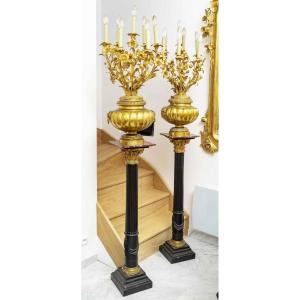


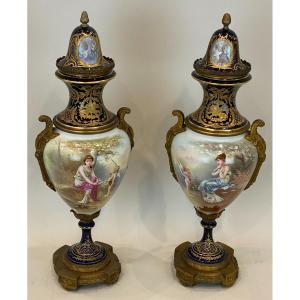


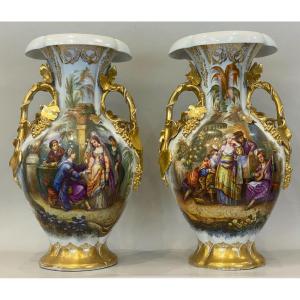



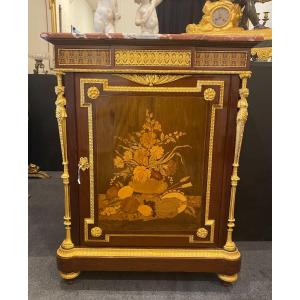
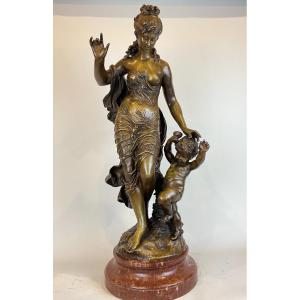



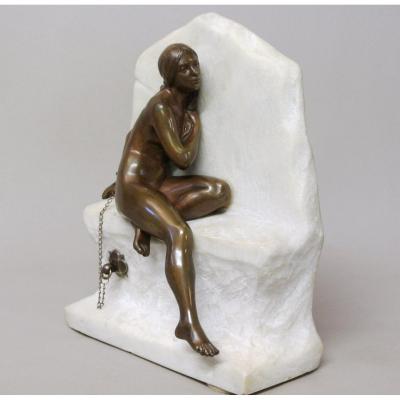





 Le Magazine de PROANTIC
Le Magazine de PROANTIC TRÉSORS Magazine
TRÉSORS Magazine Rivista Artiquariato
Rivista Artiquariato